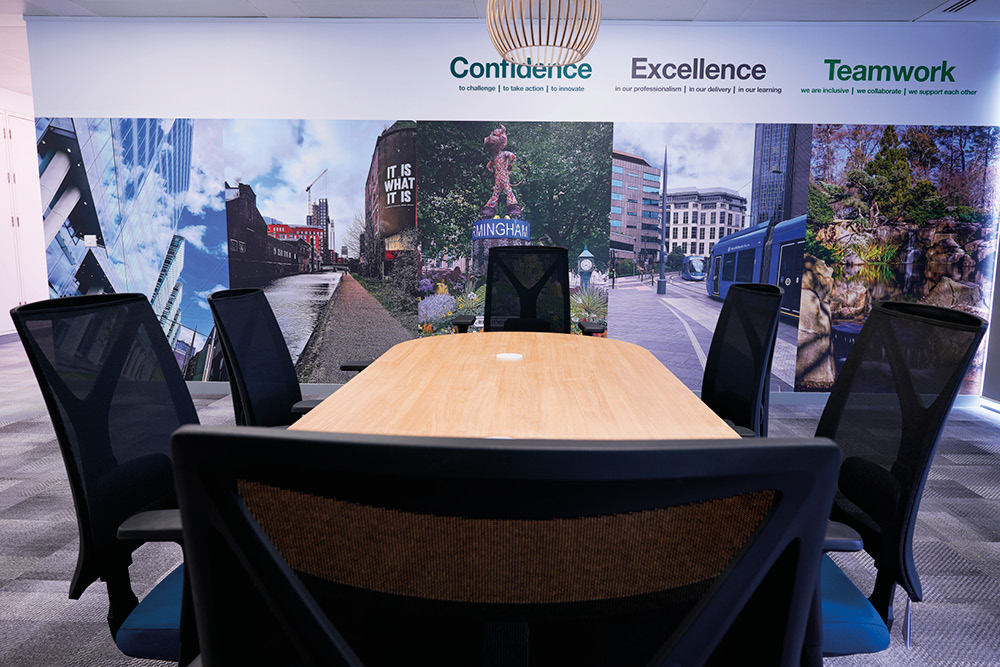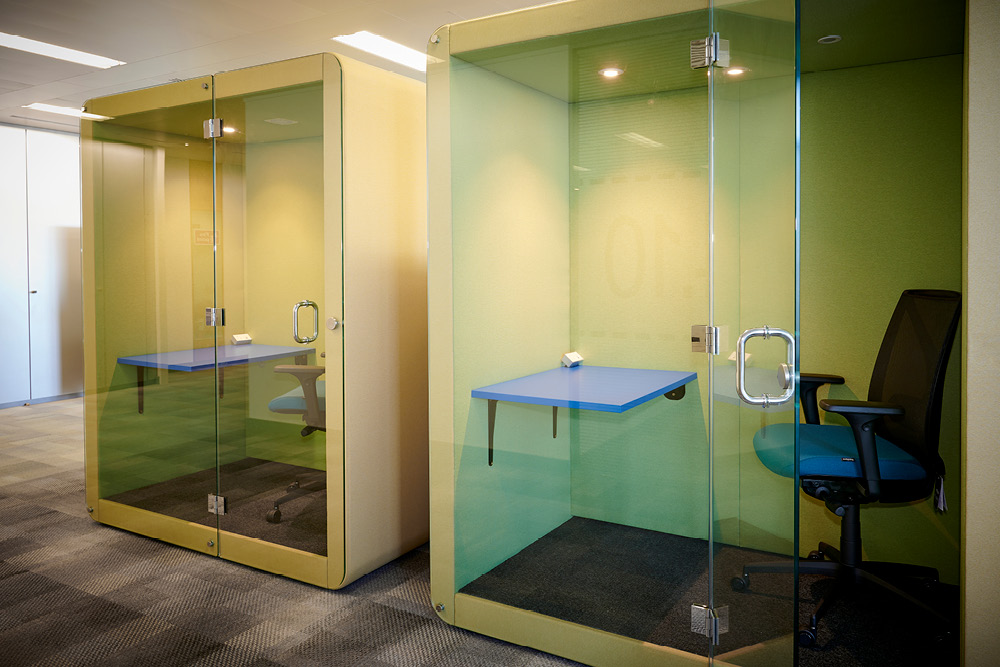
Workplace wellbeing has become a core part of modern business strategies across all industries, and in this guest blog by Roy Thompson, Managing Director of ACI, we look at how interior office design is providing new opportunities and growth for businesses and employees.
The design and layout of a workspace can impact everything from productivity and company morale to physical health and mental wellbeing.
As one of the ways to promote wellness within a workplace, businesses have now begun to invest more time and resources into their office design and structure, providing modern features such as collaborative workstations, AI technologies and additional support. Office design in particular can enhance a business, and in turn, transform the way in which employees work and feel.
Why is employee wellness important?

It is estimated that insufficient productivity and the sick leave rate cost the UK economy an estimated £7.5 billion a year, with links to employee mental and physical health. Today’s applicants and millennials in particular have shown a key interest in work-life balance, influencing employers to introduce new, flexible strategies that create a positive working environment.
Aside from the fact employees can remain focused and productive, here are some of the key reasons why employee wellness is so important:
- Employee retention and reducing employee turnover
- Recruitment and talent attraction
- Workplace morale and relationship building
- Reducing illness and increasing safety within the workplace
- Employee reviews and feedback
- Productivity and motivation
- Higher quality output
Improving employee wellness with office design
Lighting
Installing the most effective lighting and letting in plenty of natural light can help to boost employee attitudes and productivity. Ensuring your office space has plenty of windows and full-spectrum light bulbs will ensure that the space feels open, clean and motivating throughout the day.
Ergonomics and space planning
When designing an office, ergonomics and space planning is a key way to ensure employees are safe, comfortable and can work efficiently. Not only does this make working more enjoyable but it also avoids any health and safety issues and creates a relaxing, enjoyable atmosphere. Furniture placement will also come into play and will need to be organised in a safe, structured manner.
Colour and branding

Making an office space feel welcoming and inviting is key. Businesses are now incorporating more adventurous colours and styles into their workplace, using branding, artwork and decorative features to create an attractive space. By playing around with colour and design themes, employees will feel a burst of creativity and motivation whilst also feeling as though they are part of a community. This element of design is also important for client and recruitment purposes.
Privacy and support

A lack of privacy within a workplace can sometimes lead to a sense of stress and anxiety, especially if employees need downtime or want to address a sensitive subject. One of the main things that employees need at work is support, and having private, confidential spaces or resources can help with this and in turn, reduce the feeling of stress, whether it be work-related or personal. Many businesses are now including pods and hush booths as well as private meeting rooms in their office design to ensure staff have a place where they can vent, share or present in private.
Amenities and entertainment
The average working day in the UK is 7- 8 hours and within this time, employees will typically get a 1-hour or 30-minute break, a time to revitalise and motivate themselves for the remainder of the day. Businesses across the country have begun implementing new and exciting facilities into their offices for staff, using these to inspire their minds, promote community and build connections.
From entertainment zones with games to an on-site gym, these spaces are key for boosting employee wellness and creating an environment that is flexible, fun and stimulating.
Promoting movement
Promoting physical activity within an office space can have a massive effect on mental wellbeing. It’s detrimental for employees to stay at their desks all day without changing their posture. Today's office designers encourage staff to take a more proactive approach with new features such as standing desks, adjustable workstations, outdoor office facilities, pods and community hubs.
Read next:
• It’s time to talk about pain in the workplace
• Workplace wellbeing: incorporating self-care into your day
• What are anchor days and can they help make hybrid working successful?















